Louisville, Kentucky, has a rich history of urban development that reflects the broader trends and challenges faced by many American cities. The city’s growth and transformation can be traced through several key periods:
- Early Settlement and Founding (1778-1820s): Louisville was founded in 1778 by George Rogers Clark and is named after King Louis XVI of France. It quickly became a major inland port due to its strategic location along the Ohio River. The city’s early development was influenced by its role as a transportation hub and the economic opportunities provided by river trade.
- Antebellum Period and the Civil War (1830s-1860s): By the mid-19th century, Louisville had established itself as a commercial and industrial center. The city’s economy thrived on the shipping and trading of goods, particularly tobacco. However, the Civil War brought challenges, as Kentucky was a border state. Despite some conflicts and divisions, Louisville remained an important logistical and transportation hub during the war.
- Post-Civil War Reconstruction and Industrialization (1870s-1910s): After the Civil War, Louisville experienced significant industrial growth. The development of the railroad system and the expansion of manufacturing industries contributed to the city’s prosperity. This period saw the emergence of neighborhoods and the construction of grand Victorian homes, reflecting the economic boom.
- Early 20th Century and the Great Depression (1920s-1930s): The 1920s brought cultural and social changes to Louisville, with the rise of the Jazz Age. However, like many cities, Louisville faced economic challenges during the Great Depression. New Deal programs initiated by the federal government played a role in the city’s recovery, with projects like the construction of the Big Four Bridge connecting Louisville to Jeffersonville, Indiana.
- Post-World War II and Suburbanization (1940s-1960s): As in many American cities, the post-World War II period saw significant suburbanization and the expansion of highways. This trend reshaped the urban landscape, leading to the decline of some inner-city neighborhoods. The construction of interstates, such as I-64 and I-65, played a crucial role in changing commuting patterns and influencing development.
- Urban Renewal and Revitalization (1970s-present): Like many cities in the late 20th century, Louisville experienced urban renewal efforts aimed at revitalizing the downtown area. The creation of the waterfront park, the expansion of the convention center, and other projects sought to attract businesses and residents back to the city center. This trend continued into the 21st century with ongoing efforts to balance preservation and development.
- Cultural and Economic Renaissance (1990s-present): In recent decades, Louisville has experienced a cultural and economic renaissance. The revitalization of the downtown area, the growth of the healthcare and bourbon industries, and the city’s commitment to cultural events like the Kentucky Derby have contributed to a renewed sense of vitality.
Throughout its history, Louisville’s urban development has been shaped by economic shifts, transportation advancements, and social changes, reflecting the broader patterns seen in many American cities. The city continues to evolve, with ongoing efforts to balance growth and preservation while addressing contemporary challenges.

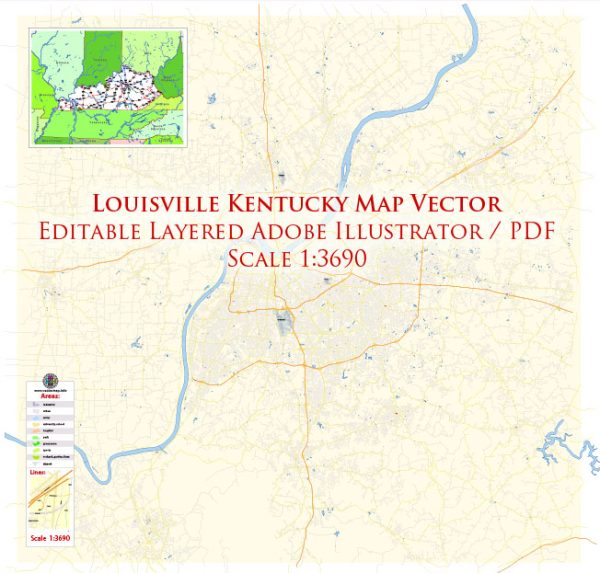
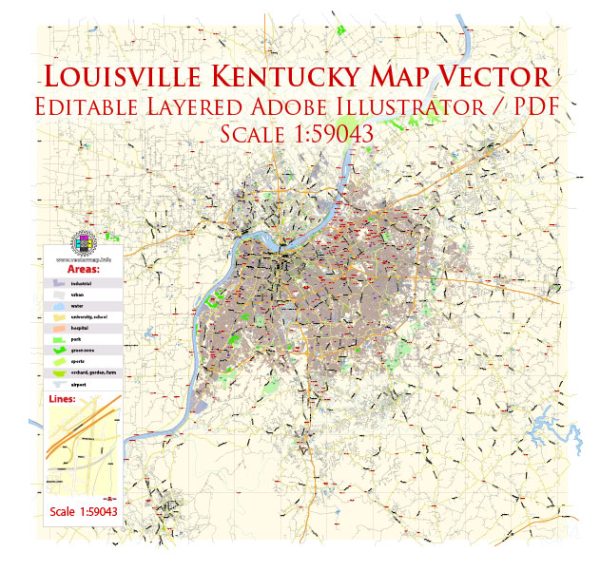
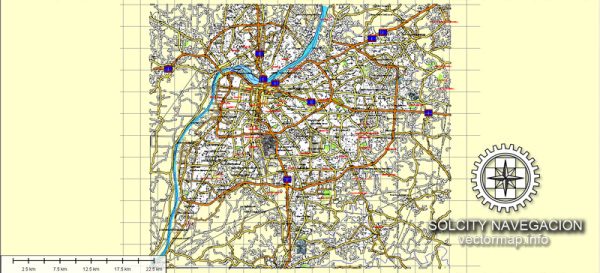
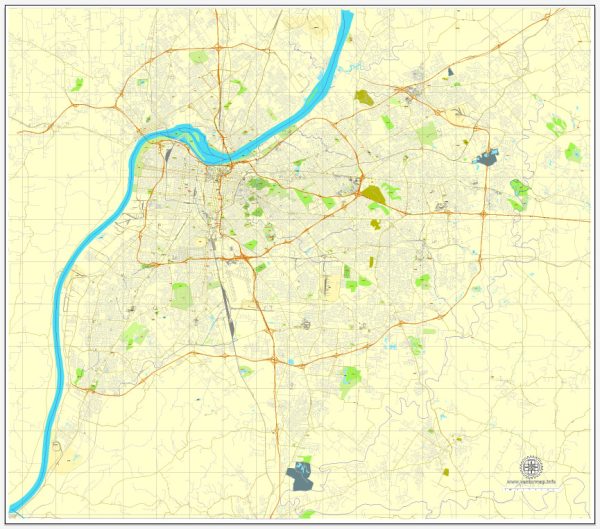
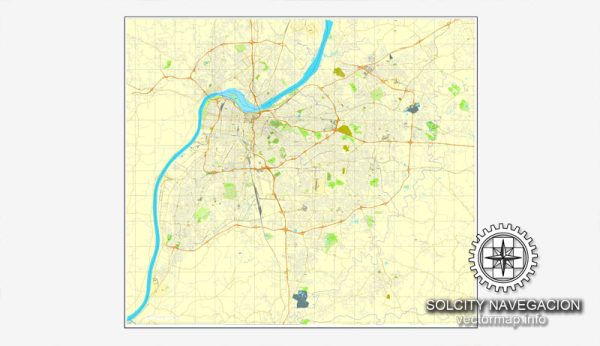
 Author: Kirill Shrayber, Ph.D.
Author: Kirill Shrayber, Ph.D.